
Author Safe Swiss Cloud on 17 March 2022 Safe Swiss Cloud's blog


Author Safe Swiss Cloud on 17 March 2022 Safe Swiss Cloud's blog
Safe Swiss Cloud’s new IT security services help customers improve their IT security and reduce their ransomware risk. The services can be seamlessly added to new as well as existing IT infrastructures. They help to identify risks early (SIEM, Active Directory Monitoring, End-Point Monitoring, Email, Firewall) and to recover from attacked environments (Ransomware Recovery). The regular monitoring of security services contributes significantly to the improvement of IT security. Safe Swiss Cloud therefore offers its IT security services with monitoring.
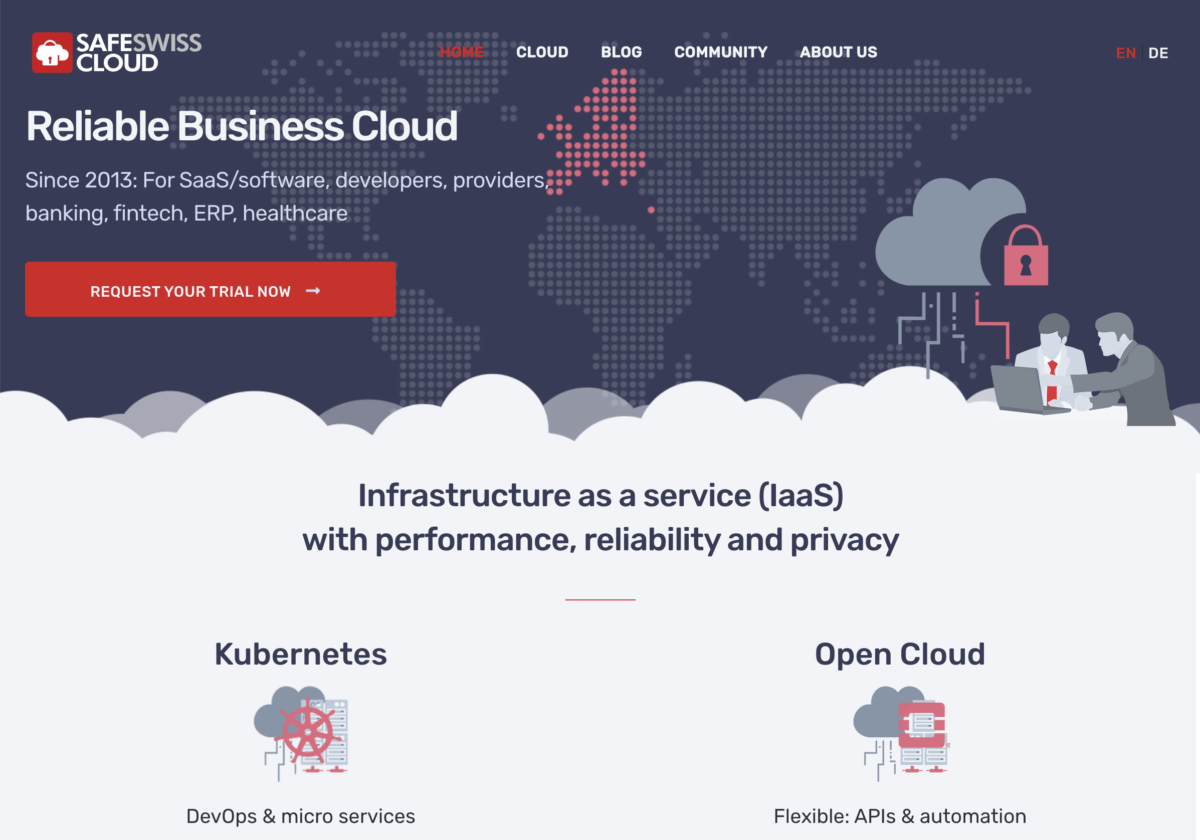
Author Safe Swiss Cloud on 12 February 2020 Safe Swiss Cloud's blog
A lot has happened at Safe Swiss Cloud in the past few months – and we decided that a new look and feel for our website would be a good way of highlighting the new Safe Swiss Cloud.

Author Safe Swiss Cloud on 10 February 2020 Safe Swiss Cloud's blog
Why we back the Contract for the Web, an initiative by the World Wide Web Foundation in November 2019
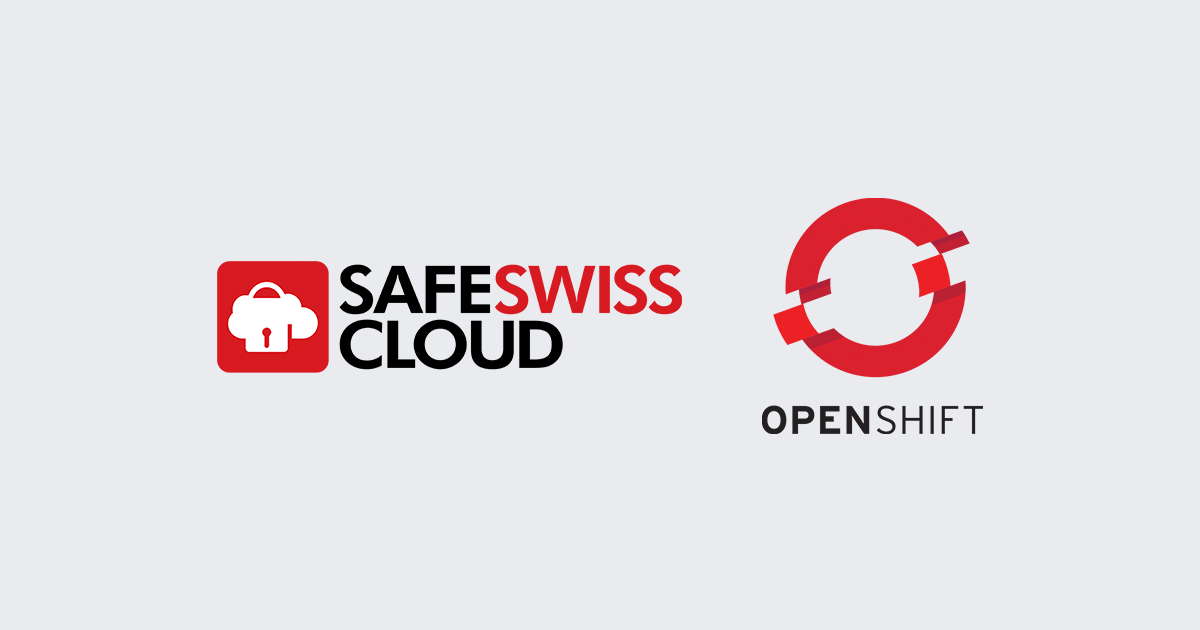
Author Safe Swiss Cloud on 6 September 2018 Safe Swiss Cloud's blog
At Safe Swiss Cloud, we hear from software developers time and again that with dedicated Openshift clusters, the benefits of deployment in the cloud can be perfectly exploited. Red Hat’s Platform-as-a-Service OpenShift enables faster development, deployment, monitoring and scaling of applications in docker containers. The feedback is almost always similar:
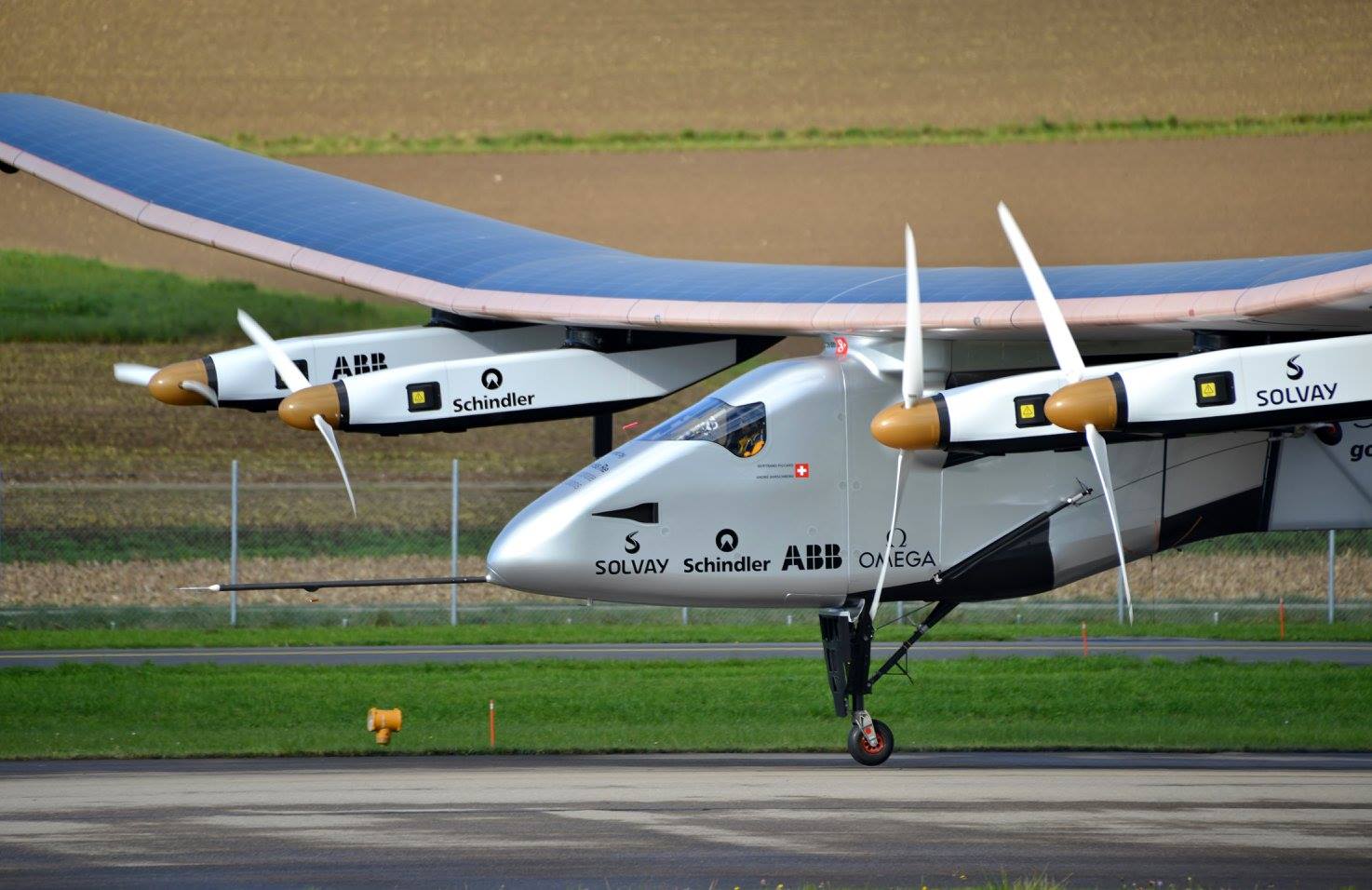
Author Safe Swiss Cloud on 23 December 2017 Safe Swiss Cloud's blog
Solar Impulse is a Swiss long-range experimental solar-powered aircraft project, and also the name of the project’s two operational aircraft. The privately financed project was led by Swiss engineer and businessman André Borschberg and Swiss psychiatrist and balloonist Bertrand Piccard. The Solar Impulse project’s goals were to make the first circumnavigation of the Earth by a piloted fixed-wing aircraft using only solar power and to bring attention to clean technologies.

Author Safe Swiss Cloud on 22 December 2017 Safe Swiss Cloud's blog
Scala, short for Scalable Language, is a hybrid functional programming language. It was created by Martin Odersky, professor of programming methods at École Polytechnique Fédérale de Lausanne (EPFL) in Switzerland. Scala smoothly integrates the features of object-oriented and functional languages. Scala is compiled to run on the Java Virtual Machine. Many existing companies, who depend on Java for business-critical applications, are turning to Scala to boost their development productivity, applications scalability and overall reliability.

Author Safe Swiss Cloud on 21 December 2017 Safe Swiss Cloud's blog
Since its creation in 1863, the ICRC’s sole objective has been to ensure protection and assistance for victims of armed conflict and strife. Its story is about the development of humanitarian action, the Geneva Conventions and the Red Cross and Red Crescent Movement.

Author Safe Swiss Cloud on 17 December 2017 Safe Swiss Cloud's blog
On the 13 November 1905 the patent of the turbocharger’s principle was granted to Alfred Büchi, a swiss engineer, and on the 16 November 1905 he received another patent for its application to internal combustion engines.
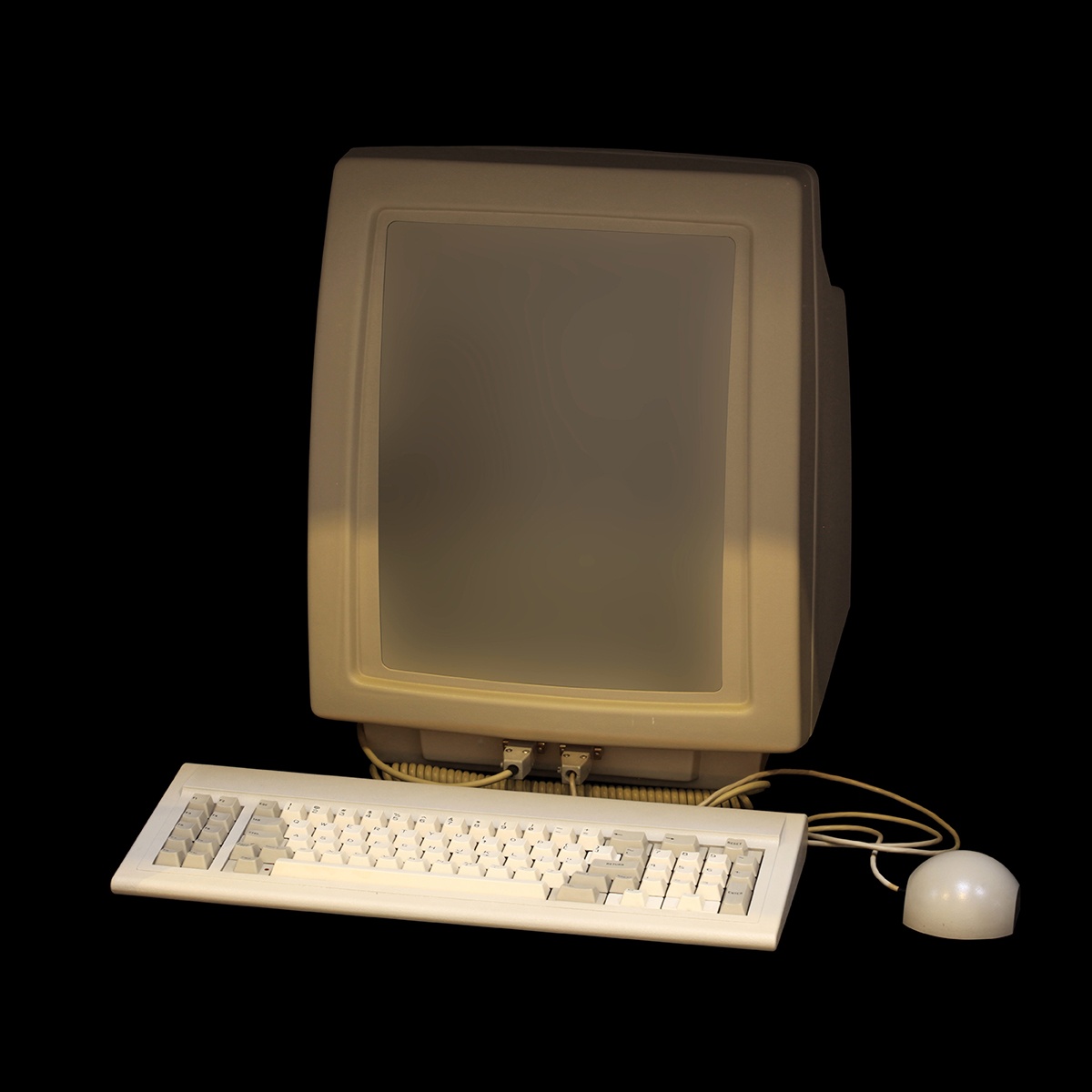
Author Safe Swiss Cloud on 15 December 2017 Safe Swiss Cloud's blog
In fall 1977, Niklaus Wirth, from the Institut für Informatik of ETH, initiated the development of a personal computer after returning from a sabbatical at Xerox PARC. Being unable to bring back a Xerox Alto from Palo Alto, he decided to build a system from scratch. The DISER Lilith was a computer based on an AMD 2901 bit-slice processor and had four hardware components: the system unit, the video display, the keyboard and the mouse. The Lilith was one of the first computer workstations worldwide with a high-resolution graphical display and a mouse.
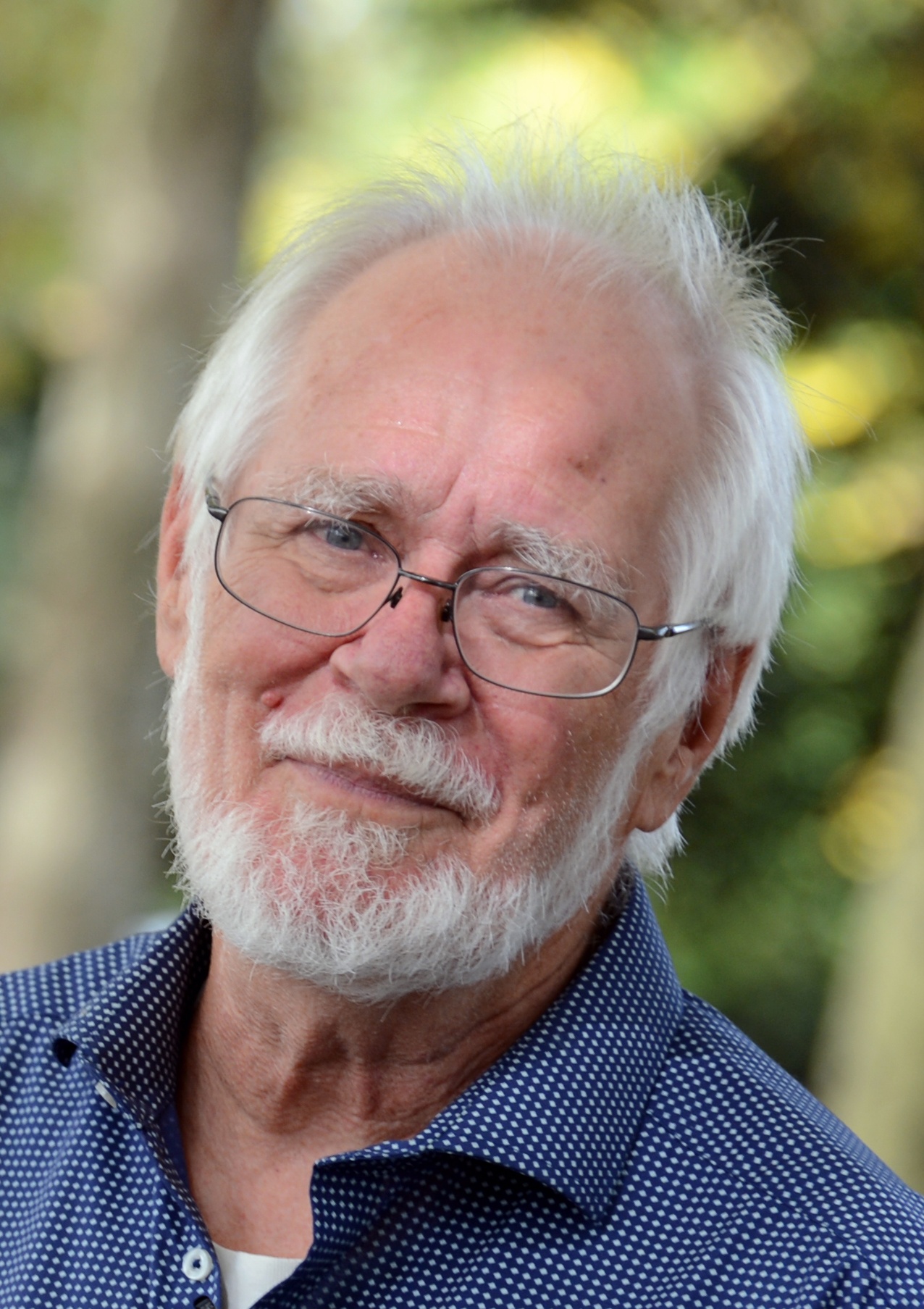
Author Safe Swiss Cloud on 13 December 2017 Safe Swiss Cloud's blog
En 2017 Jacques Dubochet a reçu le prix Nobel de chimie pour avoir développé la technique de cryo-microscopie électronique utilisée pour déterminer la structure à haute résolution des protéines en solution. La cryo-microscopie électronique est une technique de préparation d’échantillons utilisée en microscopie électronique.
| Cookie | Duration | Description |
|---|---|---|
| cookielawinfo-checkbox-analytics | 1 year | Set by the GDPR Cookie Consent plugin, this cookie is used to record the user consent for the cookies in the "Analytics" category . |
| cookielawinfo-checkbox-marketing | 1 year | This cookie is set by the GDPR Cookie Consent plugin to store the user consent for the cookies in the category "Marketing". |
| cookielawinfo-checkbox-necessary | 1 year | Set by the GDPR Cookie Consent plugin, this cookie is used to record the user consent for the cookies in the "Necessary" category . |
| JSESSIONID | session | Used for Cross Site Request Forgery (CSRF) protection |
| sdsc | session | Signed data service context cookie used for database routing to ensure consistency across all databases when a change is made. Used to ensure that user-inputted content is immediately available to the submitting user upon submission |
| viewed_cookie_policy | 1 year | The cookie is set by the GDPR Cookie Consent plugin to store whether or not the user has consented to the use of cookies. It does not store any personal data. |
| Cookie | Duration | Description |
|---|---|---|
| _ga | 2 years | The _ga cookie, installed by Google Analytics, calculates visitor, session and campaign data and also keeps track of site usage for the site's analytics report. The cookie stores information anonymously and assigns a randomly generated number to recognize unique visitors. |
| _ga_D83559EP8M | 2 years | This cookie is installed by Google Analytics. |
| browser_id | 5 years | This cookie is used for identifying the visitor browser on re-visit to the website. |
| split | 1 month | This cookie is used to evaluate the changes to the website by checking which multivariate test the user takes part in. |
| Cookie | Duration | Description |
|---|---|---|
| bcookie | 1 year | Browser Identifier cookie to uniquely indentify devices accessing LinkedIn to detect abust on the platform and diagnostic purposes |
| bscookie | 1 year | Used for remembering that a logged in user is verified by two factor authentication |
| lang | session | Used to remember a user's language setting to ensure LinkedIn.com displays in the language selected by the user in their settings |
| li_gc | 6 months | Used to store consent of guests regarding the use of cookies for non-essential purposes |
| li_mc | 6 months | Used as a temporary cache to avoid database lookups for a member's consent for use of non-essential cookies and used for having consent information on the client side to enforce consent on the client side |
| lidc | 24 hours | To facilitate data center selection |